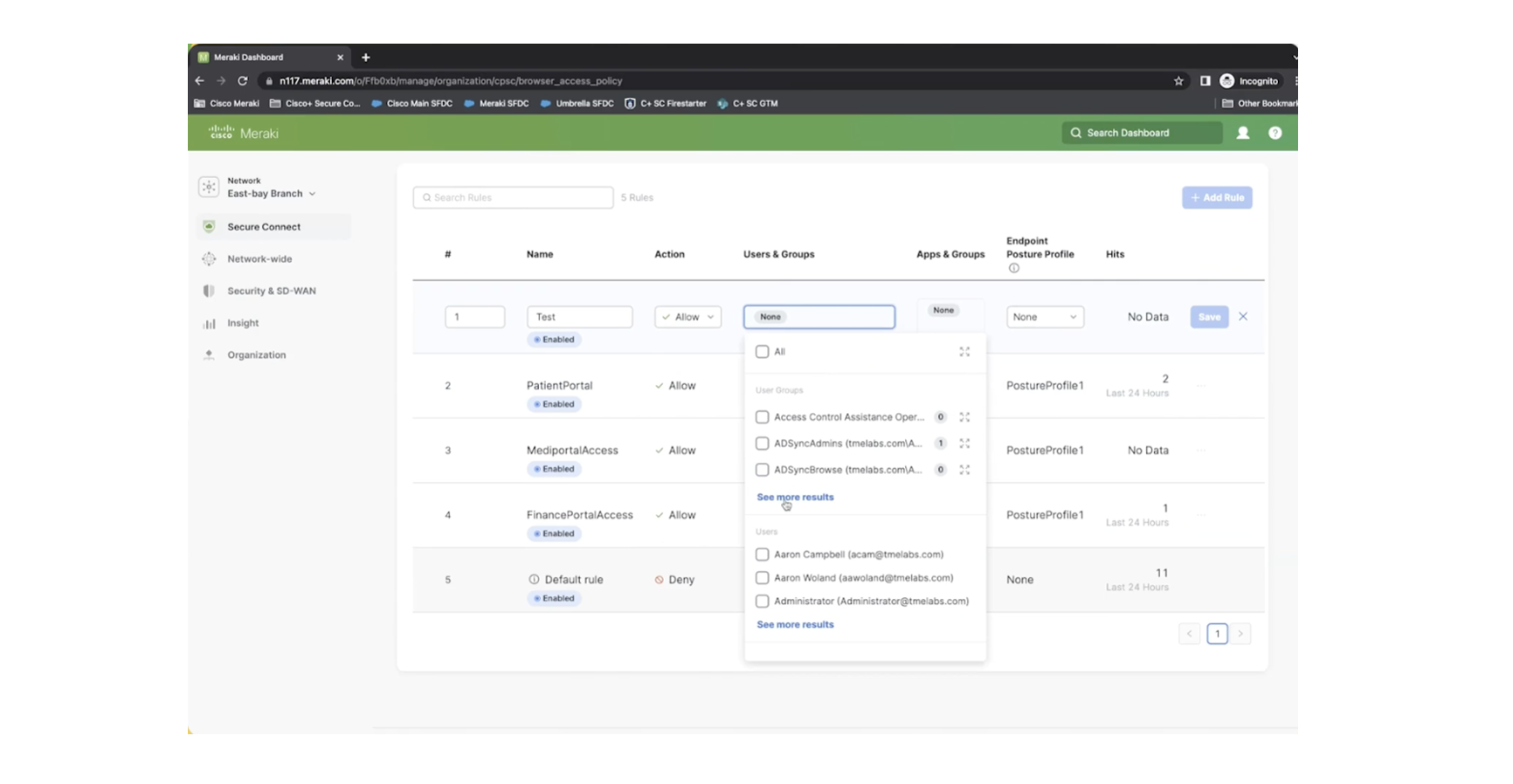Over the years, advancements in technology and the endless waves of new innovations have created an unintended problem for most organizations today—overcomplexity. 53% of senior decision-makers say their IT environment is more complex than it was just two years ago.1
In my last blog, I explained how Secure Access Service Edge (SASE) and the convergence of networking and security are key to reducing operational complexity. Now, more than ever, organizations need an efficient way to securely connect distributed workforces and build a consistent operational model that extends from on-premises to the cloud, bridging a hyper-dispersed landscape and creating secure and seamless experiences anywhere.
Answering that call are two general SASE approaches that may deliver those desired outcomes. The first, a “best of breed” solution, is comprised of separate networking (SD-WAN) and security service edge (SSE) products, typically from multiple vendors, which inherently will lack a consistent operational model, leading to a more fragmented experience given the increased integration required to produce a complete SASE solution. This may also lead to a solution that is less secure.
The second approach is a unified SASE solution that delivers networking and security components as a simplified, turnkey cloud service featuring unified management from a single dashboard. A well-designed SASE solution removes complexity by providing centralized management with intelligent and consistent distributed enforcement, along with controls and visibility across endpoints, enterprise edge, and cloud edge to deliver a more secure end-to-end solution that further enhances the end-user experience. Unified SASE embraces a platform approach, seamlessly converging networking and security technologies into one experience that makes management easy.
Acknowledging the importance of a unified, single-vendor approach, Gartner predicts that… “By 2025, 50% of new SD-WAN purchases will be part of a single-vendor SASE offering, up from 10% in 2022.” 2
Converging the Best of Networking with Security on a Single Platform
Cisco+ Secure Connect is Cisco’s premier unified solution that provides a blueprint for SASE made easy. This unified SASE solution is built on a converged cloud-first platform that connects Cisco’s industry-leading networking and security technology and delivers several key outcomes:
- Creates a streamlined IT management experience, which in turn helps deliver a more seamless experience for end users so they can access the resources they need, wherever and whenever they need them
- Simplifies the management of networking and security domains within a single dashboard, providing greater visibility and insight to ITand allowing them to proactively stay on top of threats and vulnerabilities across the network, ensuring greater resiliency and security
- Harmonizes the networking and security domains by interconnecting everything and providing security everywhere to build a unified SASE fabric, removing complexity and creating a simple, consistent operating model

Every organization has an installed technology base, and there may be a temptation to simply add the missing SASE functionalities to whatever currently exists. However, it’s important to note that SASE is a long-term strategic choice and simply deploying all the components of a SASE model without a high level of integration does not constitute a fully functional SASE solution and will not deliver the desired outcomes. For this reason, unified SASE is the simplest and easiest path to realizing true SASE benefits that “stick” – ultimately, delivering better experiences.
Navigate Your SASE Journey Without Complexity
and Transform the Digital Experience


CONNECT WITH US